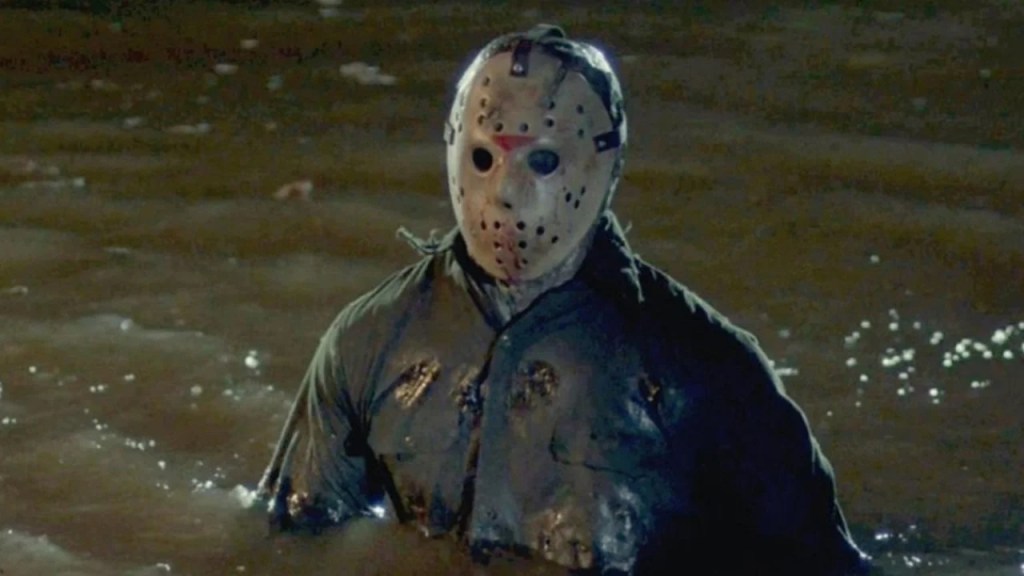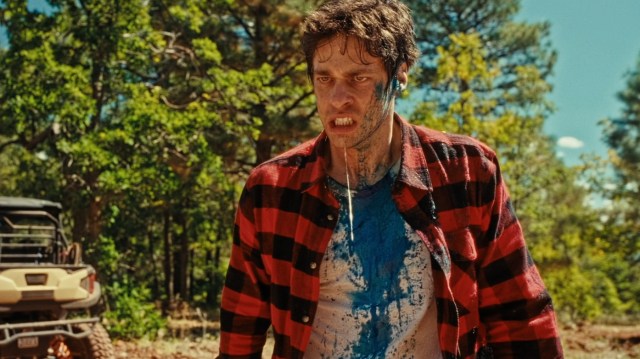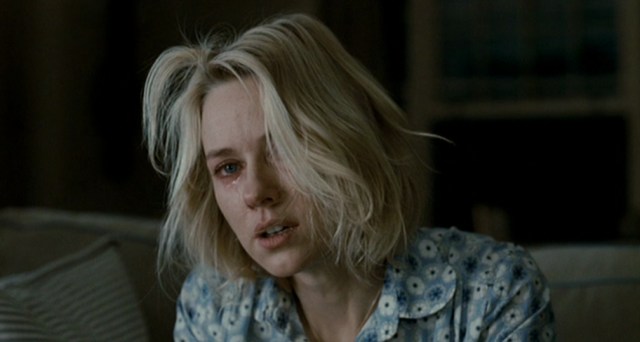Table of Contents
Slasher movies are a ubiquitous part of horror cinema, especially in North America. The golden age of slasher movies lasted from the late 1970s to the mid-1980s, but the genre has staying power, with new slasher movies released every year since the 80s.

With so many stalk-and-slash movies to choose from, this list highlights ten of the best, most must-see slasher flicks to ever exist.
Top 10 Slasher Movies
10. Child’s Play 2 (1990)
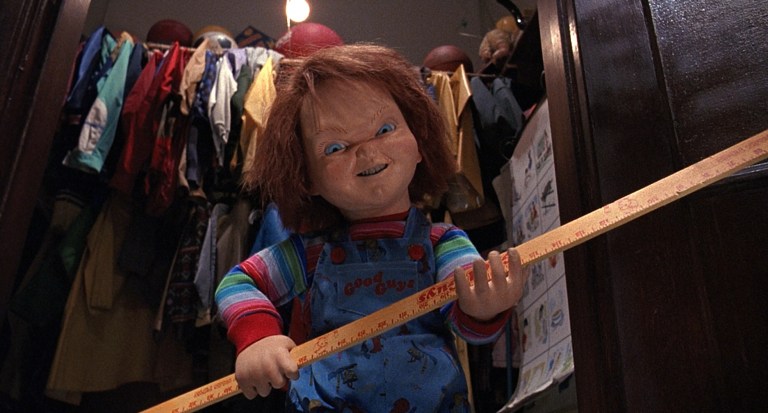
The second murder rampage of Chucky the killer doll sticks closer to the traditional slasher formula than its classic predecessor from 1988. In Child’s Play 2, the spirit of Charles Lee Ray (Brad Dourif) once again searches for young Andy Barclay (Alex Vincent) after the Good Guy doll he inhabits is restored from its charred remains. Andy is now living with a foster family, and Chucky takes immense pleasure in killing everyone around Andy while he waits for the perfect moment to transfer his soul into Andy’s body. Light on story and heavy on murder, Chucky dispatches people with knives, yardsticks, plastic bags, and even machinery in the Good Guy doll factory.
9. My Bloody Valentine (1981)
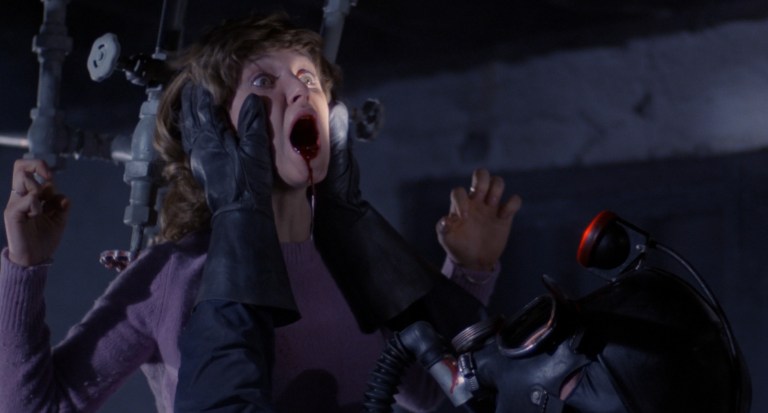
My Bloody Valentine is a fantastic slasher flick that deserves more attention. First of all, it’s quite bloody. In fact, its myriad of kills are so bloody that they were censored for years before restored versions of the movie started being released on home video. But beyond the blood and gore, the movie also contains a well-developed mystery about the killer’s identity and a good number of likable characters (most of who end up dead). It also successfully uses slasher clichés (like a spooky urban legend and a holiday setting) with the perfect balance of cheese and seriousness.
8. Terrifier (2016)
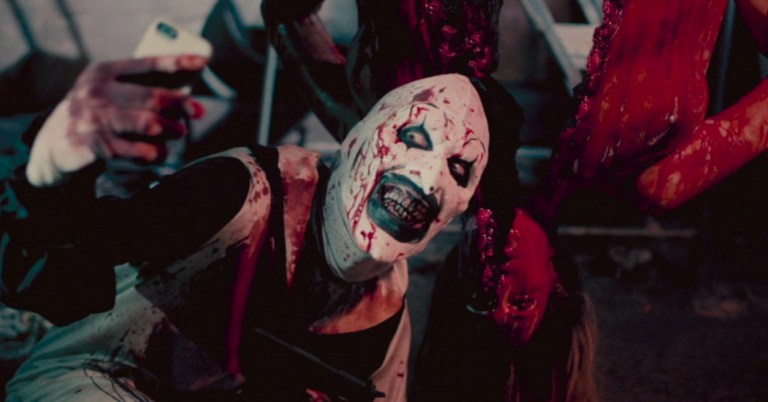
For a long time after the 1990s, it was extremely rare to see a horror movie that truly captured the feeling of the golden age of the slasher. Terrifier manages to do exactly that. The movie features Art the Clown (David Howard Thornton), a mute killer of mysterious, supernatural origins. Dressed and painted in black and white, Art stalks and murders people on Halloween night. There really isn’t much more to the story of Terrifier than that. It is a modern stalk-and-slash classic that feels like it could have existed on a grainy VHS tape in the mid-1980s.
7. The Burning (1981)
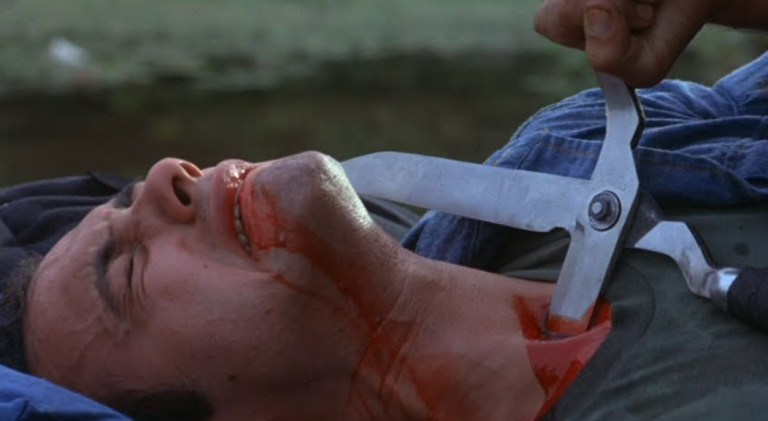
Though often overlooked, The Burning is good enough to challenge any of the Friday the 13th movies as the best campground slasher movie ever. The story involves a prank gone wrong which sends a summer camp caretaker to the hospital with severe burns. The caretaker, Cropsy (inspired by the “real” urban legend of Cropsey), returns to the camp years later on a path of supremely bloody revenge. If nothing else, the famous scene of mass murder on a raft firmly establishes The Burning as one of the best slasher movies of all time. The raft scene was chopped to pieces by censors, but restored versions were finally published decades after the movie’s initial release.
6. Friday the 13th Part VI: Jason Lives (1986)

People may argue about which is the best movie in the Friday the 13th franchise, but there can be no argument about the positive impact Jason Lives had on the series. The movie concludes the Tommy Jarvis trilogy with Tommy (this time played by Thom Matthews) accidentally bringing Jason back from the grave. Jason Lives features what is probably the titular killer’s most iconic look as a partially rotted, undead killing machine. The movie also introduces a bunch of overt humor to the series, making it one of the more fun and funny films in the franchise.
5. Maniac (1980)
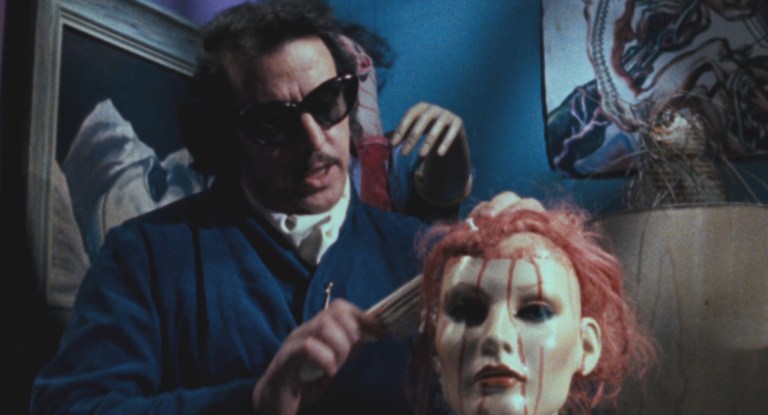
Most slasher movies focus on the victims and their struggles to survive, but Maniac was one of the earliest films in the slasher subgenre to focus on the mind of the killer. Character actor Joe Spinell plays Frank Zito, a compulsive serial killer with some serious mental issues related to his mother. Viewers are forced to listen to Frank’s fractured thoughts as the movie’s narration while he kills various women in brutal ways. Maniac is easily one of the more disturbing slasher films ever. Well-known horror actor Caroline Munro costars in Maniac.
4. A Nightmare on Elm Street 3: Dream Warriors (1987)
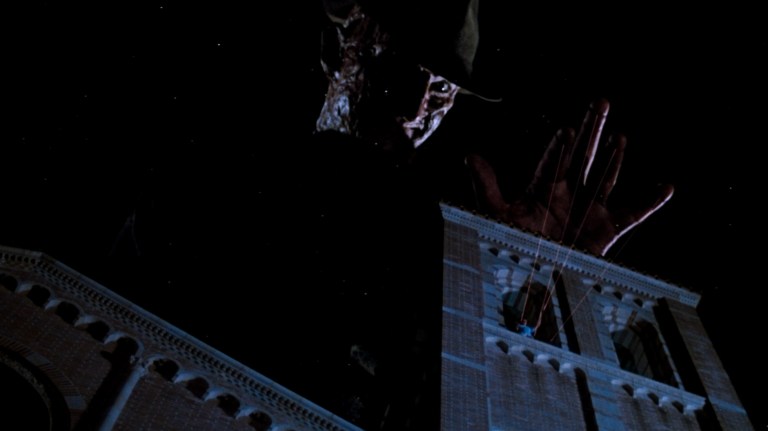
Wes Craven’s A Nightmare on Elm Street (1984) is an all-time horror classic, but Craven himself was hesitant to associate it with the slasher genre. Instead, A Nightmare on Elm Street 3: Dream Warriors (1987) is the best straightforward slasher flick in the entire Nightmare franchise. Freddy Krueger (Robert Englund) brings his playful personality (and a lot of one-liners) to the forefront, and the kills are much more elaborate than in previous installments. A new group of teenagers, led by Patricia Arquette in her film debut, join Heather Langenkamp and John Saxon for a gloriously over-the-top slasher movie that set a new standard for the series.
3. Scream (1996)
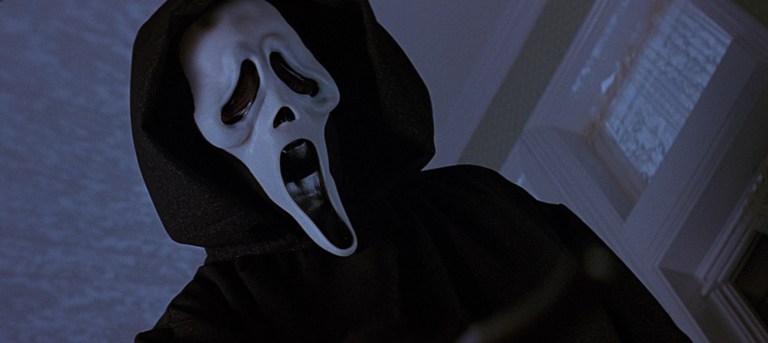
Slasher movies were in dire need of a fresh start in the mid-1990s, and Scream came along to change the subgenre. Written by Kevin Williamson and directed by Wes Craven, Scream was made for fans of horror movies who adored films like Halloween (1978) and Prom Night (1980). Williamson’s script is smart and self-referential of the subgenre it resides within, and Craven’s direction ensures that the movie doesn’t devolve into a caricature. Scream is no horror spoof, it is a serious slasher movie that understands its audience knows slasher movies inside and out. It’s also bloody, scary, and incredibly fun.
2. Black Christmas (1974)
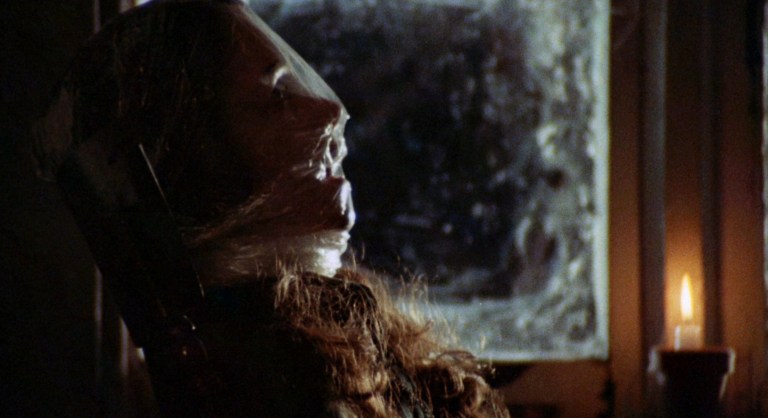
Considered by many to be the first true slasher movie, Black Christmas brought together many key elements associated with the subgenre. There are point-of-view shots from the killer’s perspective, a fairly high body count, and a decently strong focus on violent kills. The movie focuses on a sorority house where a group of young women (notably including Olivia Hussey and Margot Kidder) become the target of a mysterious killer. There is a good amount of comedy in the movie, but when the killing starts, the tone changes dramatically. Black Christmas is tense and wonderful, and the final shot of the movie is fantastically creepy.
1. Halloween (1978)

John Carpenter’s Halloween established the template for what came to be known as the slasher movie. It’s not only the best slasher, it’s also one of the best horror movies overall. It did that by creating a perfect atmosphere of dread and suspense which is paid off with a series of murders featuring an amazing combination of violence and restraint. Michael Myers (aka The Shape) became an iconic killer still imitated on film decades later, and Jamie Lee Curtis became the standard for all scream queens that would follow her. Halloween is about as perfect as a slasher flick can get.
More Great Slasher Movies
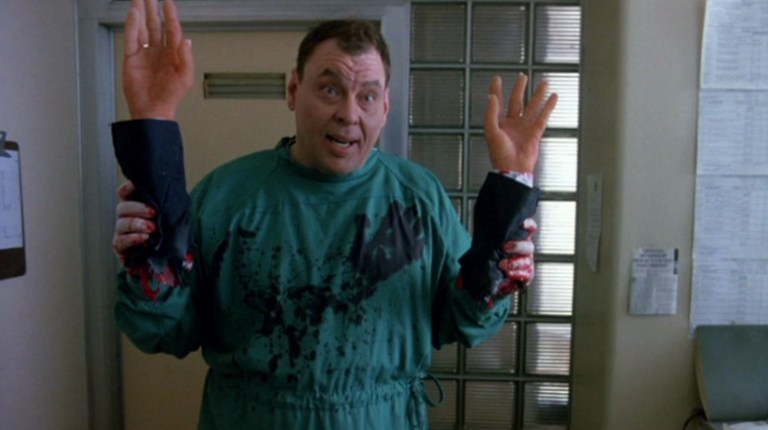
- Prom Night (1980) – Jamie Lee Curtis stars in this slasher about revenge taken out on a group of friends leading up to their high school prom night.
- Just Before Dawn (1981) – A group of friends are stalked in the woods by a pair of backwoods killers in this lesser-known gem.
- Pieces (1982) – A particularly trashy slasher movie about a killer taking body parts to create a human jigsaw puzzle.
- The Slumber Party Massacre (1982) – Originally meant to be a slasher parody, this became a cheesy standout of 1980s slashers.
- Sleepaway Camp (1983) – An extremely cheesy and violent campground slasher with an ending about as iconic as it gets.
- Silent Night, Deadly Night (1984) – A disturbed orphan scared of Santa Claus grows up and goes on a killing spree in a Santa suit.
- Stage Fright (1987) – A visually stunning Italian slasher with a dance sequence and a killer in a huge owl mask.
- Doom Asylum (1987) – A goofy slasher about a group of friends stalked and killed in an abandoned mental asylum.
- Intruder (1989) – Workers at a supermarket are stalked and killed after hours in this movie featuring Sam Raimi in a small role and a cameo by Bruce Campbell.
- Dr. Giggles (1992) – An escaped mental patient with a habit of giggling dresses up as a doctor and murders people, just like his father did before him.
- Leprechaun (1993) – Jennifer Aniston stars as a city girl who moves to the country with her father and becomes the target of a vengeful leprechaun played by Warwick Davis.
- Ice Cream Man (1995) – Clint Howard stars as a murderous ice cream man in this ludicrous slasher comedy.
- I Know What You Did Last Summer (1997) – A cover-up leads to a group of friends being stalked one year later by a hook-carrying killer.
- Freddy vs. Jason (2003) – Two slasher icons battle for supremacy in this bizarre and fun crossover.
- Behind the Mask: The Rise of Leslie Vernon (2006) – A documentary crew follows a man aspiring to be a killer just like classic slasher villains.
- All the Boys Love Mandy Lane (2006) – A party at an isolated ranch turns into a bloodbath as high school kids die off one by one.
- Hatchet (2006) – Tourists in a New Orleans swamp become the target of a supernatural killer named Victor Crowley.
- The Final Girls (2015) – A group of friends step into a movie where familiarity with slasher tropes becomes the key to survival.
- Halloween (2018) – Michael Myers goes on a murder spree 40 years after he attacked Laurie Strode and her friends.
- Fear Street (2021) – The first two movies of the Fear Street trilogy are great homages to slasher flicks from the 90s and 80s (despite the second taking place in 1978).
- Scream (2022) – A new series of Ghostface murders brings Sydney (Neve Campbell), Gail (Courtney Cox), and Dewey (David Arquette) together with a new group of victimized teens.
What is a Slasher Movie?
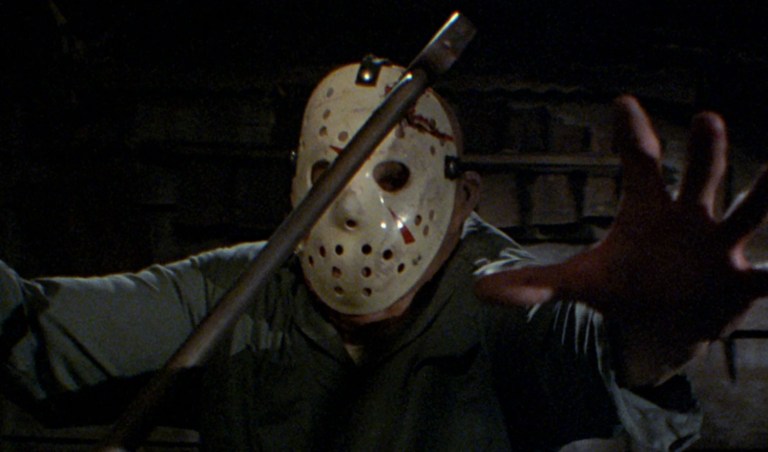
The slasher format is instantly recognizable to horror fans, but the “slasher” label does get misapplied quite often. To properly qualify as a slasher, a movie has to have a few key elements:
- The Killer – Typically a slasher movie will have a lone killer, though notable exceptions contain multiple murderers (although the perception of a single killer is usually adhered to even when there are multiple culprits). The killer is also usually human, or at least has human-like qualities even if they are supernaturally powered. Straying too far from human can turn a slasher movie into a monster movie.
- The Body Count – Slasher movies must have more than a couple dead bodies. Some slashers can get away with as little as three murders, but the kill count is often much higher.
- The Focus – The focus of a slasher flick is most often on the victims and the murders. Police may be present in a slasher movie, but their influence is usually ineffective or antagonistic. A slasher movie is really about the relationship between the killer and their victims.
- The Murders – Slasher villains get up close and personal, using any number of weapons to slash, stab, beat, and bludgeon their victims. Firearms, traps, and other impersonal methods of murder generally aren’t used by the killer.
- The Setting – Slasher movies usually take place over the course of one night or over a few days. Locations include familiar places like homes, schools, campgrounds, etc.

A classic slasher setup involves a killer who stalks a group of people, manages to isolate individuals, and kills them off one by one in gruesome ways. Variations on that formula are endless, but the stalk/isolate/kill/repeat rhythm is what makes a horror movie a slasher movie.
Other hallmarks of the genre include a final girl, teens being punished, urban legends, tragic backstories, and much more, but none of these are strictly necessary. Many times the tropes of slasher movies are overstated and repeated in discussion so often that people believe they are more prevalent than they really are.
